When it comes to classic American muscle cars, the 1969 Chevrolet Camaro LSX 427 stands tall as a symbol of power, performance, and timeless design. In this article, we’ll take a deep dive into the history, specifications, and enduring appeal of this legendary automobile.
A Brief History
The birth of the Chevrolet Camaro can be traced back to the late 1960s when American car manufacturers were in the midst of a horsepower war. Chevrolet needed a car to compete with the Ford Mustang, and the Camaro was their answer. In 1969, the Camaro reached its zenith with the introduction of the LSX 427, a beast of a machine that still captures the hearts of car enthusiasts today.
Design and Styling
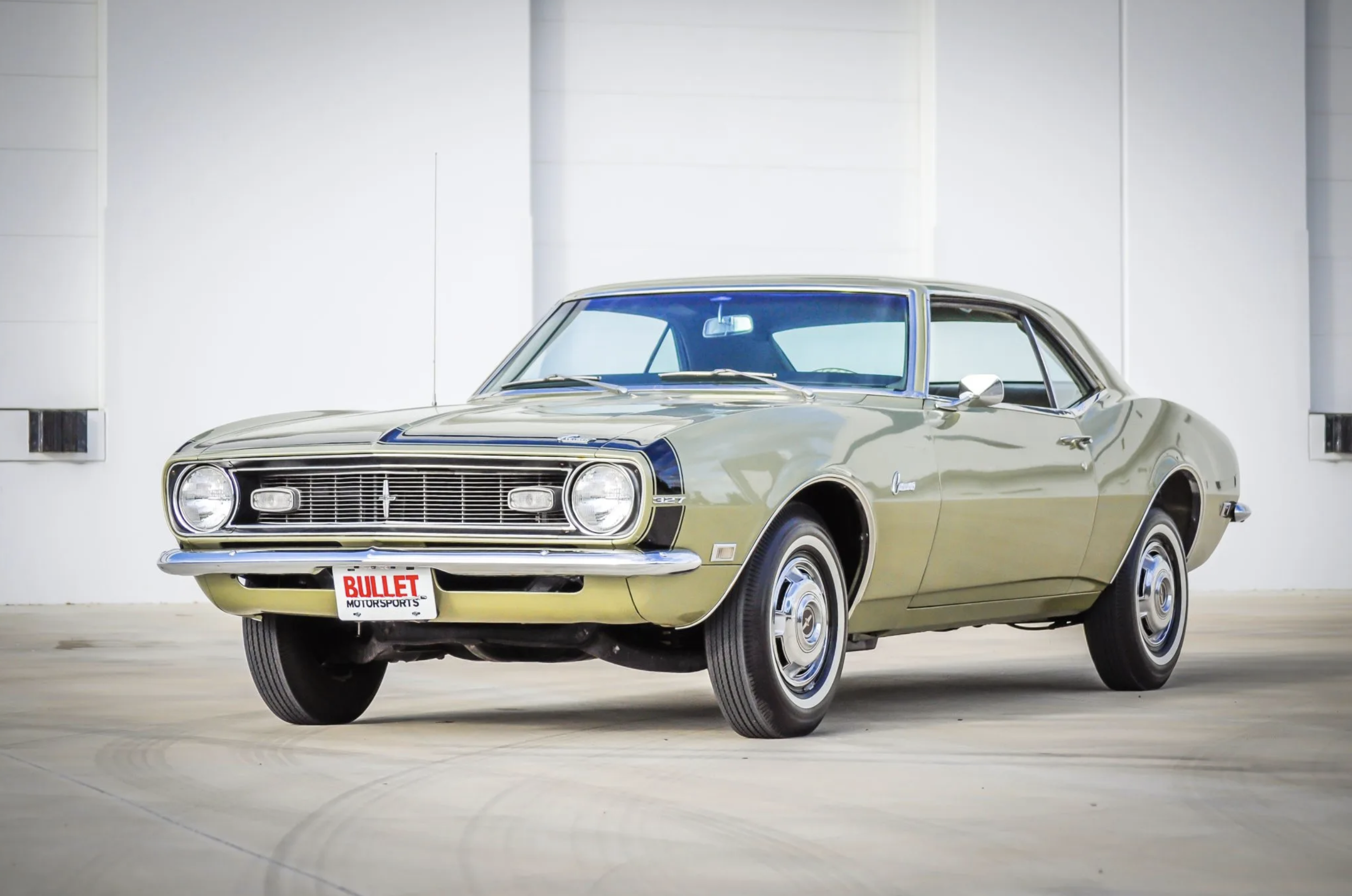
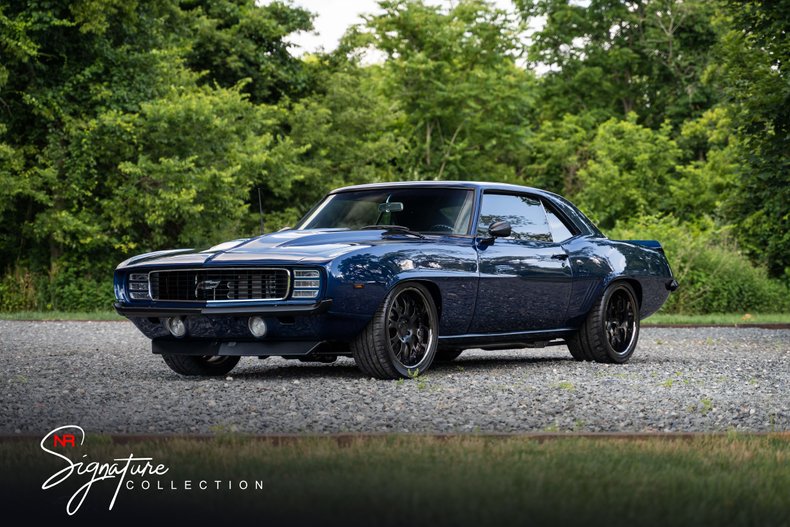
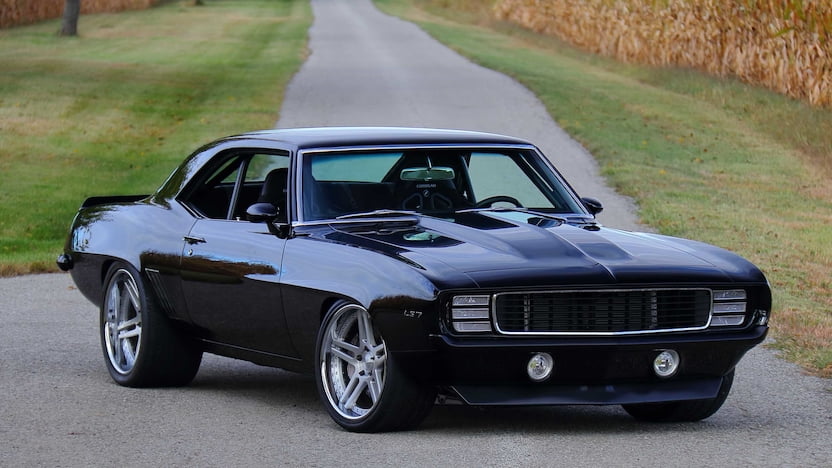
The 1969 Camaro LSX 427 boasts iconic design elements that continue to turn heads. From its sleek, aerodynamic body to the bold front grille and distinctive rally stripes, this classic is a true work of art on wheels. The muscular stance and aggressive lines exude power and speed, setting it apart from its contemporaries.
Exterior Features
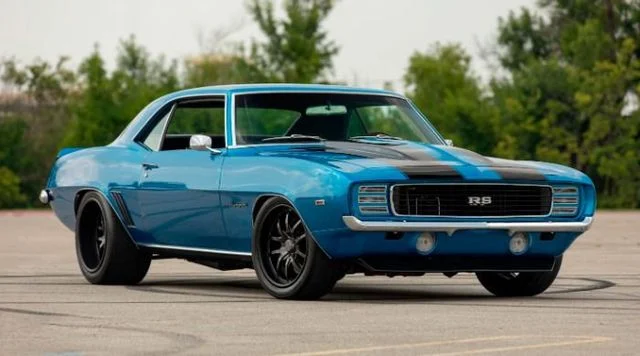
- Striking Rally Stripes
- Dominating Front Grille
- Sleek Fastback Roofline
- Iconic Round Headlights
- Wide Rear Fenders
Interior Comfort
While the Camaro is known for its brawny exterior, the interior offers a surprising level of comfort and refinement. Plush bucket seats, a well-designed dashboard, and a sporty steering wheel create a driver-focused cockpit that blends comfort with performance.
Heart of the Beast: LSX 427 Engine

The LSX 427 engine is the heartbeat of the 1969 Camaro. It’s a powerhouse that delivers raw, unadulterated performance. With a displacement of 7.0 liters, this V8 engine produces a staggering 450 horsepower, propelling the Camaro from 0 to 60 mph in just under 5 seconds.
Performance Specifications
- Engine: LSX 427 V8
- Horsepower: 450 HP
- Torque: 460 lb-ft
- 0-60 mph: < 5 seconds
- Top Speed: 150 mph (approx.)
Driving Experience
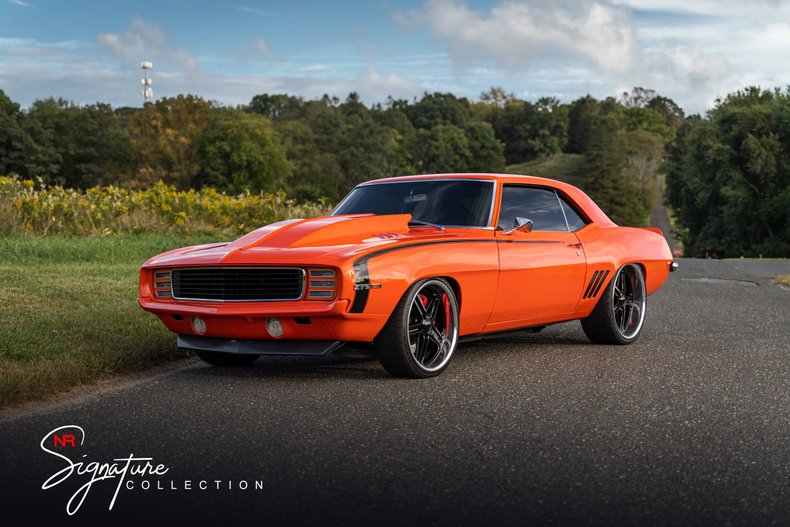
Owning a 1969 Chevrolet Camaro LSX 427 is not just about numbers; it’s about the visceral driving experience. The roar of the engine, the responsive handling, and the feeling of power under your right foot are things that modern cars can rarely replicate.
Suspension and Handling
The Camaro’s robust suspension system and precise steering make it a joy to drive on both the open highway and winding back roads. It hugs the road with confidence, providing a thrilling and controlled ride.
Collectibility and Value
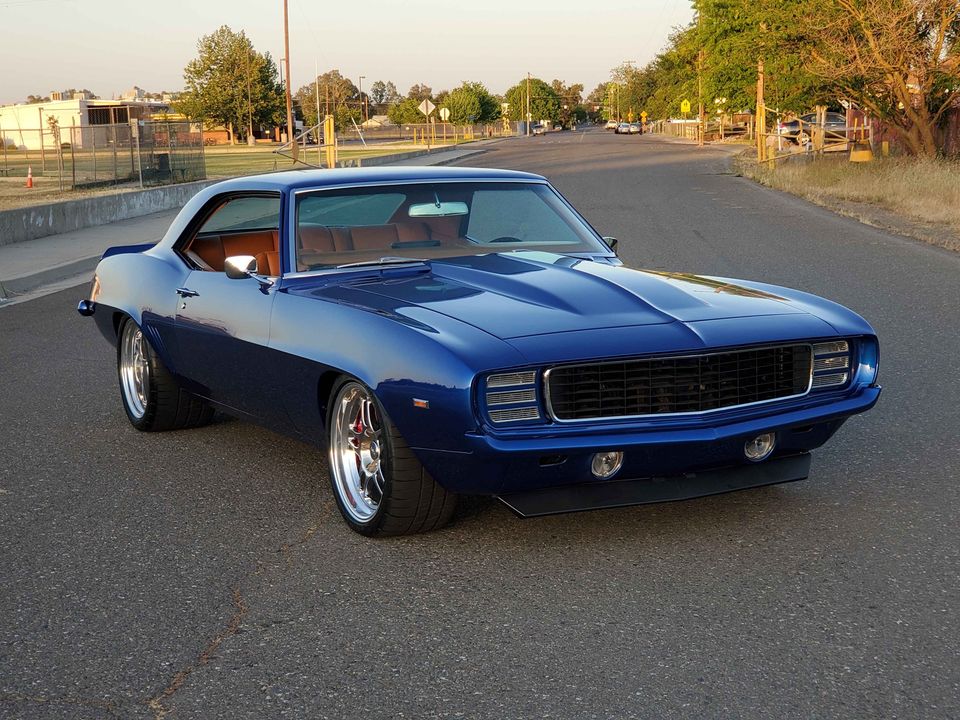
As the years pass, the 1969 Chevrolet Camaro LSX 427 has become a sought-after collectible. Its rarity, historical significance, and enduring style have made it a valuable asset for collectors. Well-maintained models often fetch premium prices at auctions and among enthusiasts.
Conclusion
In the world of classic American muscle cars, the 1969 Chevrolet Camaro LSX 427 remains an icon of power and style. Its timeless design, formidable LSX 427 engine, and thrilling driving experience continue to captivate car enthusiasts around the world. Owning one is like owning a piece of automotive history.
FAQs
- How many 1969 Chevrolet Camaro LSX 427 models were produced?
- Approximately 69 were manufactured, adding to its exclusivity.
- What is the significance of the LSX 427 engine?
- The LSX 427 engine is renowned for its high-performance capabilities, making it a standout feature of the Camaro.
- Are there any modern cars that pay homage to the 1969 Camaro design?
- Yes, Chevrolet occasionally releases special edition Camaros that draw inspiration from the classic design.
- Is it possible to find original, unrestored 1969 Camaro LSX 427 models today?
- While rare, it is possible to find original and unrestored models, but they are often in need of extensive restoration.
- What maintenance considerations should owners of a 1969 Camaro LSX 427 be aware of?
- Owners should pay special attention to the engine and suspension, as these are critical components of the vehicle’s performance and driving experience.